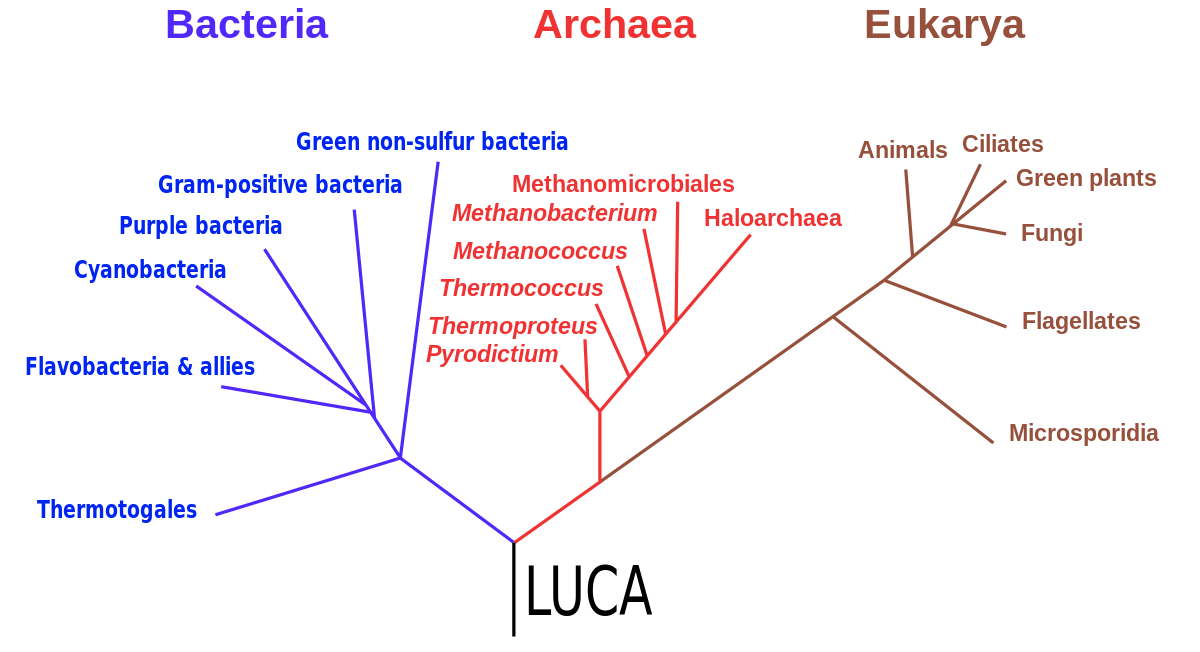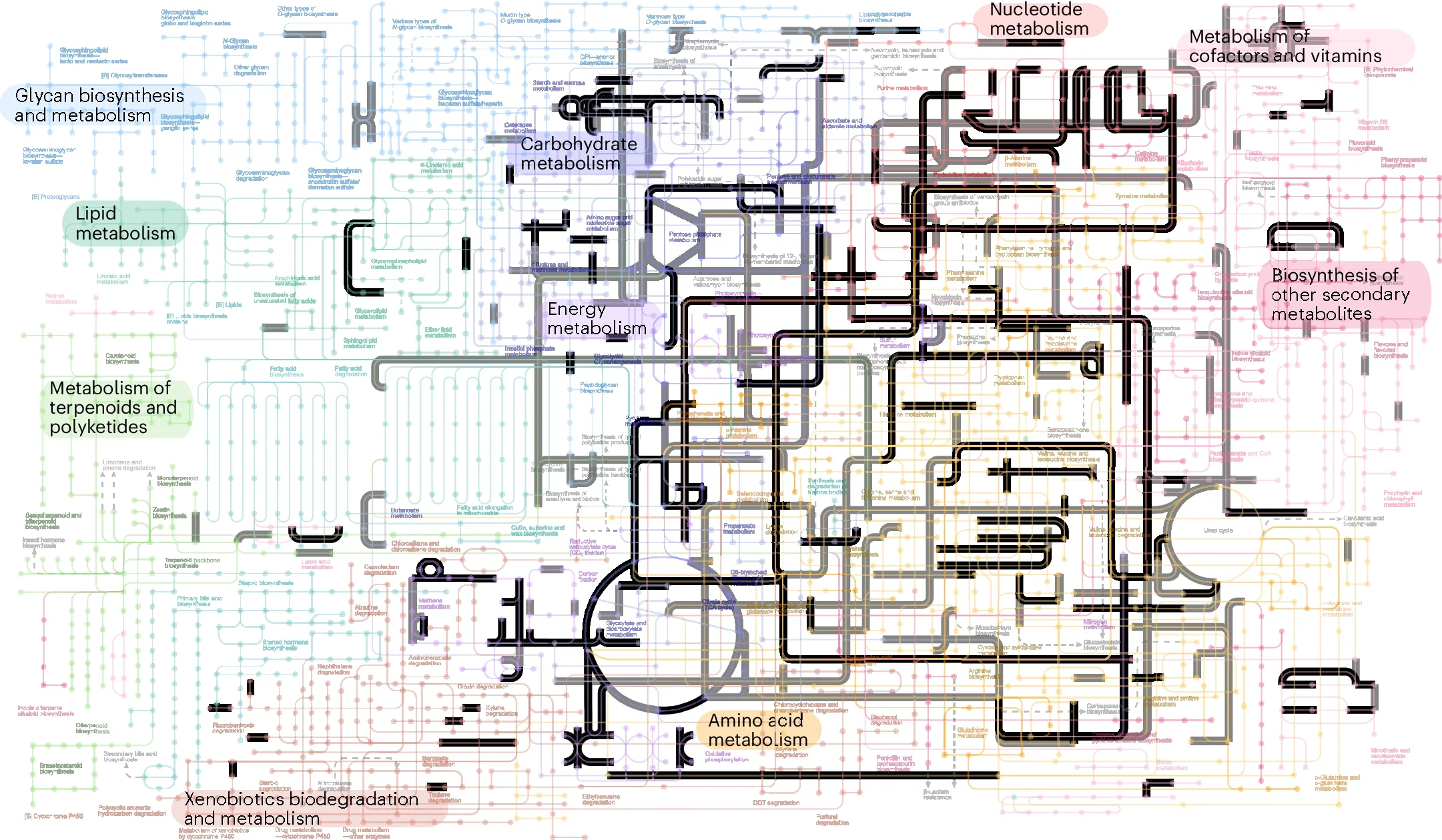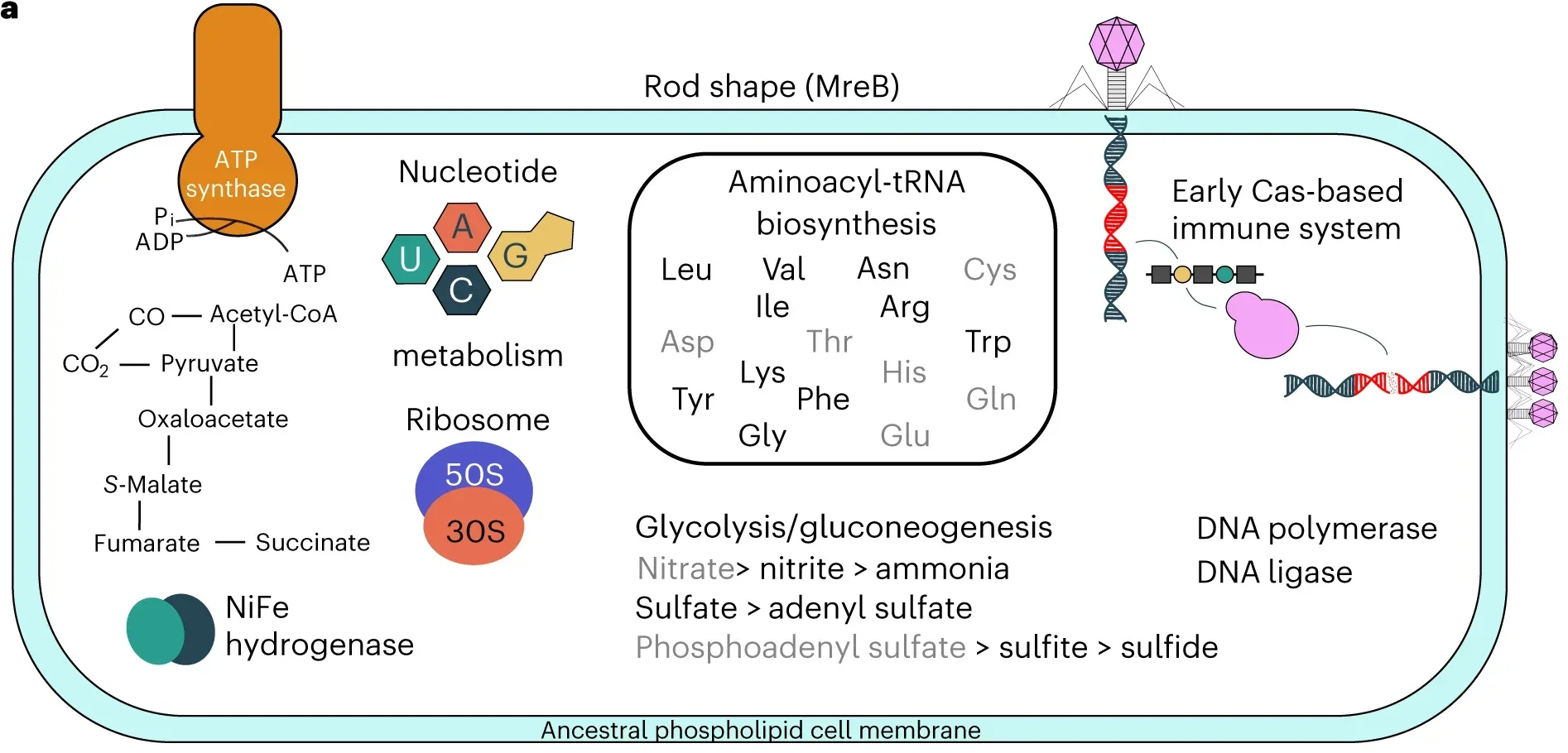The origins of life on Earth have long fascinated scientists, particularly the nature of the last universal common ancestor (LUCA). LUCA, the root of the evolutionary tree from which Bacteria and Archaea diverged, represents a key node in life’s history. This ancient organism’s characteristics, age, and ecological role offer critical insights into the early evolution of life on Earth.
LUCA is estimated to have existed approximately 4.2 billion years ago. Researchers from the University of Bristol and international collaborators employed innovative methods to trace its timeline. They used divergence time analysis of pre-LUCA gene duplicates, combined with microbial fossils and isotope records, to establish LUCA’s position in evolutionary history.
These findings challenge prior assumptions that life could not survive the Late Heavy Bombardment, a period of intense asteroid impacts occurring between 3.7 and 3.9 billion years ago.
To determine LUCA’s age, scientists employed molecular clock methodologies, focusing on genes that duplicated before LUCA’s existence. By analyzing these universal paralogues, they minimized uncertainties inherent in earlier methods.

This approach, known as cross-bracing, allowed researchers to apply fossil calibrations multiple times, improving the precision of their estimates. Their analysis places LUCA’s age at approximately 4.2 billion years, aligning with emerging views on early Earth’s habitability.
LUCA’s genome was a significant discovery. Phylogenetic reconciliation indicates it had a genome of at least 2.5 megabases, encoding around 2,600 proteins. This genetic complexity mirrors modern prokaryotes, suggesting that LUCA was far from a simple organism.
It likely possessed an early immune system, hinting at ancient battles with viruses, and exhibited anaerobic metabolism, specifically acetogenesis. These traits allowed LUCA to thrive in a geochemically active environment, utilizing hydrogen and carbon dioxide to produce energy.
Far from existing in isolation, LUCA was part of an interconnected ecosystem. Its metabolism provided niches for other microbial community members, while atmospheric photochemistry supported hydrogen recycling. This interplay suggests that life on Earth quickly formed ecosystems capable of sustaining diverse organisms.
Related Stories
According to Professor Tim Lenton of the University of Exeter, LUCA’s waste products likely served as a food source for other microbes, highlighting its role in fostering a recycling ecosystem.
The universal genetic code, reliance on ATP for energy, and shared amino acid chirality among modern organisms all trace back to LUCA. These shared traits underscore its importance as the common ancestor of all cellular life. LUCA’s existence sheds light on how life’s fundamental processes emerged and evolved, providing a blueprint for the diversity seen in today’s biosphere.
Determining LUCA’s age was not without challenges. Fossil evidence from the early Archean period is sparse and often contested. To overcome these limitations, researchers used relaxed Bayesian node-calibrated molecular clock approaches.
This method integrates fossil and geochemical records with molecular data, offering a robust framework for estimating LUCA’s age. By calibrating their models with 13 fossil data points, including the Moon-forming impact and manganese oxidation indicative of photosynthesis, the team achieved a reliable timeline.

The researchers also avoided overreliance on the Late Heavy Bombardment hypothesis, which has been increasingly questioned. Instead, they based their maximum-age constraint on the Moon-forming impact, dated to 4.51 billion years ago. This approach ensured a more accurate estimate of LUCA’s timeline.
LUCA’s evolutionary significance extends beyond its age and genome. Its characteristics offer a glimpse into the biochemical pathways and ecological dynamics of early Earth. For example, LUCA’s ability to harness geochemical energy underscores the importance of Earth’s early environment in shaping life’s development.
Dr. Sandra Álvarez-Carretero from Bristol’s School of Earth Sciences noted that LUCA’s ancient origin aligns with the planet’s early habitability, emphasizing the rapid emergence of life after Earth’s formation.
The study’s interdisciplinary approach was key to its success. By combining molecular data, fossil records, and biogeochemical models, the researchers reconstructed LUCA’s characteristics and ecological role.

Dr. Edmund Moody explained that gene exchange between lineages complicated evolutionary history, requiring sophisticated models to align gene evolution with species genealogy. Dr. Tom Williams highlighted the importance of incorporating diverse data representing life’s primary domains, Archaea and Bacteria, to build a comprehensive picture of LUCA.
Professor Davide Pisani described LUCA as a complex organism, comparable to modern prokaryotes. Its early immune system points to interactions with viruses, suggesting that microbial warfare was a feature of early ecosystems. Such findings highlight the ecological sophistication present shortly after Earth’s formation.
The study’s implications extend to our understanding of life on other planets. Rapid ecosystem establishment on Earth suggests that life could arise and thrive on Earth-like planets elsewhere in the universe. As Professor Philip Donoghue observed, this research not only deepens our understanding of Earth’s history but also provides a framework for exploring life’s potential in the cosmos.
Future research will build on these findings, focusing on the evolution of prokaryotes, particularly Archaea and their methanogenic representatives. Professor Anja Spang emphasized the significance of these insights for studying Earth’s history and its broader implications for life science.

This study, led by the University of Bristol, included contributions from institutions such as University College London, Utrecht University, and the Okinawa Institute of Science and Technology. Their collaborative efforts offer a groundbreaking perspective on LUCA’s role in shaping life on Earth.
The study “‘The nature of the last universal common ancestor and its impact on the early Earth system” is available on Nature Ecology & Evolution.
Note: Materials provided above by the The Brighter Side of News. Content may be edited for style and length.
Like these kind of feel good stories? Get the Brighter Side of News’ newsletter.
The post All life on Earth can be traced back to a single common ancestor appeared first on The Brighter Side of News.